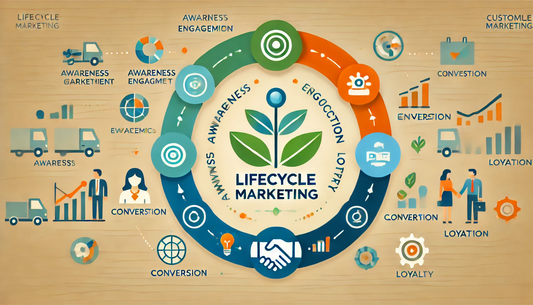🎮 What if I told you that one of the world’s most popular communication platforms started as a failed gaming company?
Yes, you read that right.
Slack, now valued at billions, was born out of a gaming disaster called Glitch. The founders didn’t just weather the storm—they thrived by pivoting to solve a completely different problem.
This is more than just an inspiring tale; it’s a blueprint for startup founders.
Let’s break down Slack’s remarkable journey and highlight actionable strategies that any startup can use to replicate its success.
Recognizing the Moment to Pivot
In 2009, Stewart Butterfield, co-founder of Flickr, embarked on his next venture—a massively multiplayer online game called Glitch. Despite a talented team and innovative gameplay, Glitch failed to capture a sustainable audience and was shut down in 2012.
💡 But one thing stood out: the internal communication tool they had built to manage their project remotely. This tool would soon become Slack.
Takeaway: Don’t fear failure. Many great successes are born out of failed ventures. If your product isn’t taking off, be willing to pivot and find new opportunities.
Solving a Widespread Problem
When Glitch shut down, the team focused on a major pain point almost every company faced—communication. Their internal tool, designed for seamless messaging and file sharing, was far superior to email, which dominated business communication at the time.
🚀 Instead of building another game, they decided to turn this tool into a product for the world.
Takeaway: The most successful companies solve real, painful problems. Identify industry pain points that lack effective solutions and focus your efforts there.
Leverage What You Already Have
Rather than starting from scratch, Butterfield and his team repurposed what they had built. They took the elements that worked in Glitch’s internal tool and refined them into a standalone communication product.
🔄 This allowed Slack to launch faster and with deep user insights.
Takeaway: When pivoting, leverage existing assets—whether it’s technology, knowledge, or market understanding—to gain an edge.
The Power of User Experience
Slack wasn’t just another communication tool—it was a game-changer in usability. At a time when most business software was clunky and complex, Slack was intuitive, sleek, and even fun to use.
🎯 The effortless onboarding process and seamless workflow integration made adoption easy.
Takeaway: A great user experience is critical. A powerful solution means little if users find it frustrating. Invest in design and simplicity.
Build a Community, Not Just a Product
Slack fostered a sense of culture within its platform. From quirky loading screen messages to custom emojis, Slack wasn’t just a tool—it was a space where company culture thrived.
💬 This sense of community helped create strong brand loyalty.
Takeaway: Community and culture are differentiators. Engage users in a way that makes them feel part of something bigger.
Scalability Is Key
Once Slack found its product-market fit, growth was explosive. But they had prepared for this. Slack was designed to scale from small teams to large enterprises with ease.
📈 Features like admin controls, security, and integrations made Slack indispensable for big organizations.
Takeaway: Build for growth from the start. Ensure your product can handle increasing demand and user complexity.
Timing Is Everything
Slack’s launch coincided with the rise of remote work and distributed teams. This created the perfect environment for a communication tool that simplified collaboration.
⏳ They didn’t create demand—they met an existing need at the right time.
Takeaway: Timing can make or break a product. Keep an eye on industry shifts and emerging trends to position your product effectively.
Don’t Just Build Features, Build Solutions
Slack’s success wasn’t about adding endless features—it was about perfecting the essentials. They focused on making team communication effortless rather than overloading users with complexity.
⚡ Less was more, and this focus made Slack a joy to use.
Takeaway: Avoid feature bloat. Solve key user problems effectively rather than cluttering your product with unnecessary extras.
The Power of the Brand
Slack stood out by breaking away from the typical dull enterprise software branding. Its playful tone, human-centric communication, and engaging features made work feel less like work.
🎨 This branding approach helped Slack go viral and become a workplace favorite.
Takeaway: Branding matters. Create a personality for your product that users connect with on an emotional level.
Turning Setbacks Into Success
Slack’s story is a testament to resilience and adaptability. What began as a failed game company evolved into a billion-dollar communication tool because the team knew how to pivot, leverage strengths, and solve real problems.
🔥 They weren’t afraid to abandon a failing idea and channel their energy into something with greater potential.
Takeaway: Failure is not the end—it’s a stepping stone. If your startup isn’t succeeding as planned, analyze what’s working, pivot smartly, and stay committed to solving real problems.
🚀 Slack’s pivot is a powerful reminder that the road to innovation is rarely linear. With adaptability, a strong vision, and user focus, any startup can turn obstacles into opportunities and build something extraordinary.










